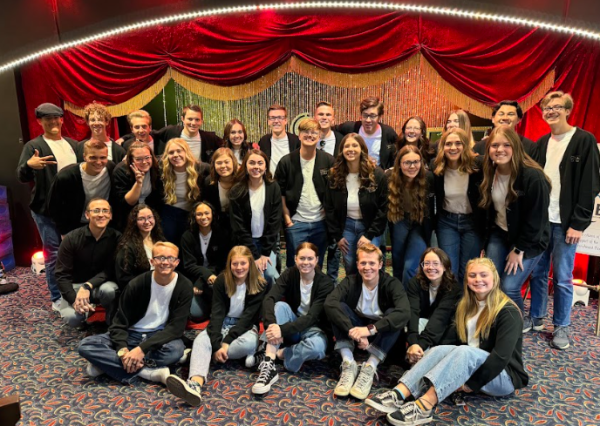Reinventing Large Buildings Into Low Cost Housing
Imagine being in a poor financial situation that makes you unable to pay the high cost of your rent. You are currently looking to move into something more affordable, but find that there is very little out there. Right now in America, there is a shortage of housing that fits a low income demographic. This includes about 10% of Americans who live below the poverty line. This increases to 25% if you are disabled, which is really concerning.
A proposed solution to this shortage would be to reinvent large spaces into housing for people. One idea in particular that could become something useful and functional is shopping malls. In the 80s-90s, shopping malls were so popular that they popped up everywhere. It was a great gathering place for teens, walking place for seniors, and eating place for families. With the birth of online shopping, we have seen a serious decline with in-person shopping and studies show that about 25% of malls (about 8000) will be closing within 3-5 years.
These malls generally have 50-100 retail spaces that could be easily transitioned into small housing. These malls already have handicapped designs and most stores have bathrooms. So these could easily be converted into living spaces, like any other apartment complex but with some added benefits. Many malls are already struggling and on the verge of filing bankruptcy so cities or private investors could potentially get a good deal that would allow them to fund the changes needed. This would also keep malls from becoming areas of crime, homelessness, and other unsavory behavior that cities are trying to avoid.
In cities it is often hard to find parking, restaurants, and play areas. By converting a mall you would have many of these already in place. Most malls have a play area already but they could be enlarged and provide a safe area for children to play that doesn’t involve traffic dangers and keeps them close to home. Also, the food court could be redesigned as a restaurant area to provide jobs and training. Parking is another issue that malls have already solved, they usually have well lit and handicapped compatible spaces easily available. Another benefit with malls is that they are usually on public transportation routes which is nice since owning a car is expensive.
These opportunities would be available with other large buildings that are also being closed. We need to be more open to reinventing and reusing buildings instead of tearing them down. These are resources that are already available and with a little creativity could become community hubs that bring people together instead of eye sores just crumbling away.




